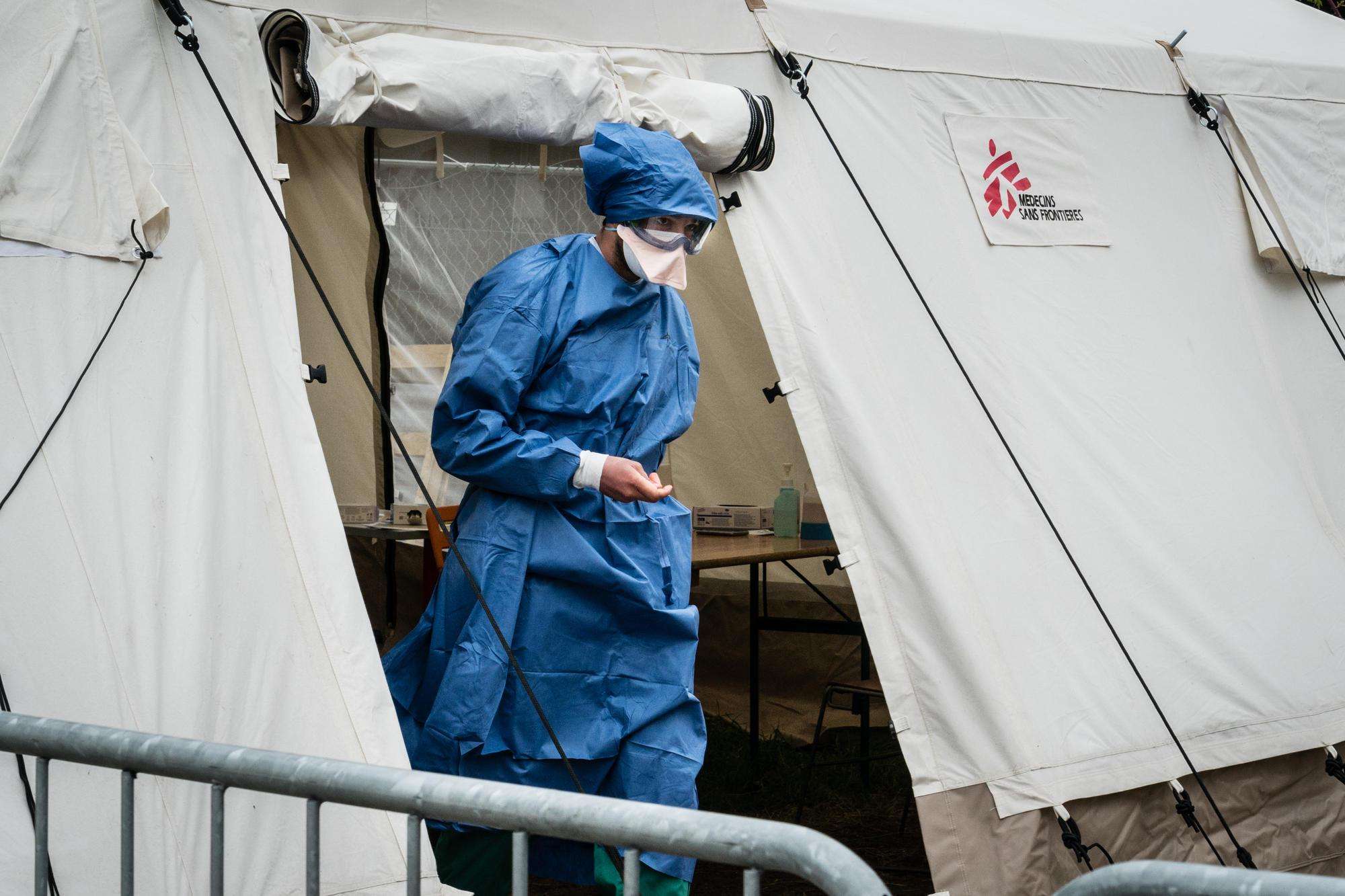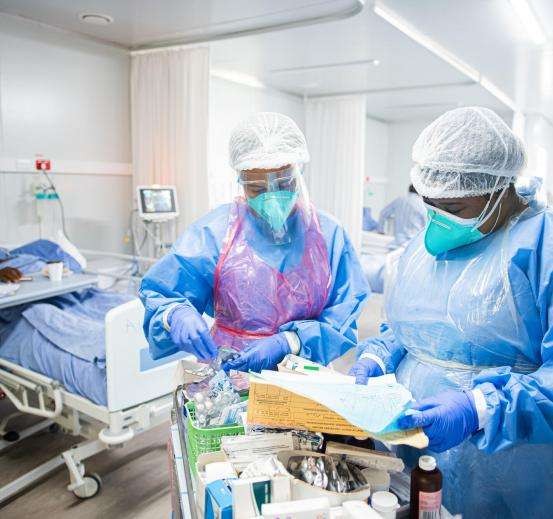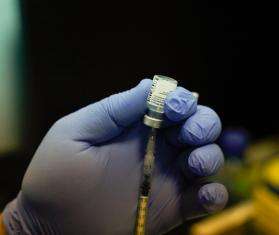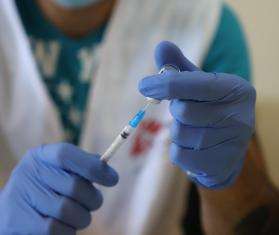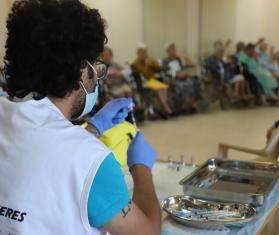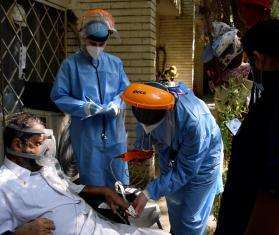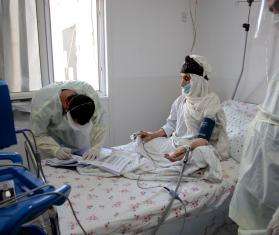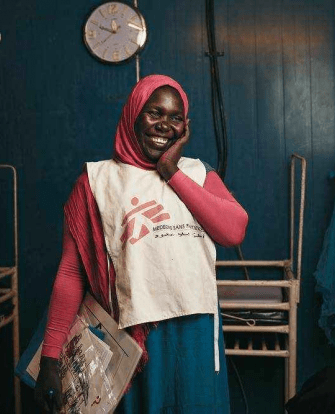COVID-19 is more dangerous for elderly people or people suffering from other infections or ailments. Children so far seem to be less affected by the disease. The mortality rates vary significantly from place to place.
Public health measures such as isolation, quarantine, and social distancing are generally put in place to limit community transmission, reduce the number of new cases and severely ill patients, protect the most vulnerable people, and manage health resources.
How can I prevent myself from being infected?
It’s important to protect yourself and protect others too. As with other coronaviruses, droplet infection seems to be the main mode of transmission. The virus enters the human body through the mouth or nose.
Three of the most important ways to stop the spread of COVID-19 include:
- Wear a mask to protect yourself and others.
- Stay at least six feet (about two arm lengths) from others who don’t live with you.
- Avoid crowds. The more people you are in contact with, the more likely you are to be exposed to COVID-19.
It's safer to avoid indoor spaces as much as possible. If indoors, try to bring in fresh air by opening windows and doors.
Simple infection control measures, such as good handwashing and proper cough and sneeze etiquette are also important for prevention. For good hand hygiene, use enough soap, and make sure all parts of both your hands are washed. Spend at least 20 seconds washing your hands. If there is no visible dirt on your hands, an alcohol-based gel is also a good option.
Stay home when you are sick, and avoid contact with other people. If you cough or sneeze, cover your mouth and nose with a tissue or with the inside of your elbow. Throw used tissues into a wastebasket immediately and wash your hands.
Social distancing is advised in places with community transmission of the virus. Avoid crowded places and large gatherings, and generally keep at least 6 feet of distance between you and other people. Wear a mask when you're out in public.
